Vortex Cooling Device
Categories: Engineering Lab EquipmentThe experimental unit generates cold and hot air with the aid of ordinary compressed air. The central element of the experimental unit is a vortex cooling device also known as a vortex tube. In the vo...
Product
Description
The experimental unit generates cold and hot air with the
aid of ordinary compressed air. The central element of the experimental unit is
a vortex cooling device also known as a vortex tube. In the vortex tube the
tangentially incoming compressed air is moved in rapid rotation. This creates a
cold and hot air flow in the vortex tube which leaves the vortex tube at
opposite ends. A vortex cooling device does not have any moving parts, is
maintenance-free and immediately ready for operation. The vortex cooling device
is used for the convective cooling of high-speed tools, the air conditioning of
protection suits and the cooling of switch cabinets. It is particularly suited
for use in explosive environments. One benefit here is that the vortex cooling
device does not require an electric power supply.
Learning Objectives/Experiments
Function and operation of a vortex cooling device
Air flow distribution dependent on the temperature of the
cold air flow
Effect of the inlet pressure on heating and refrigeration
capacity
Features
Demonstration of the vortex principle
Cooling and heating using compressed air
Specification
Functional model for cold air generation using a vortex
cooling device (vortex tube) with the aid of compressed air
Experimental unit with clear design of all components at the
front
Simple design, no moving components, wear-free
Measuring of the compressed air inlet pressure by manometer
Flow rate measurement of compressed air and exhaust hot air
by rotameters
Digital displays for inlet temperature and outlet
temperature of cold and hot air
Technical Data
Vortex cooling device
inlet pressure: 5,5bar
air consumption: max. 420L/min
refrigeration capacity: max. 267W (230kcal/h)
minimum temperature: -40°C
maximum temperature: 110°C
Measuring ranges
temperature: 3x -50…150°C
pressure: 0…10bar
flow rate: 2x 2…25m3/h
230V, 50Hz, 1 phase
230V, 60Hz, 1 phase
120V, 60Hz, 1 phase
quick overview :
The experimental unit generates cold and hot air with the
aid of ordinary compressed air. The central element of the experimental unit is
a vortex cooling device also known as a vortex tube. In the vortex tube the
tangentially incoming compressed air is moved in rapid rotation. This creates a
cold and hot air flow in the vortex tube which leaves the vortex tube at
opposite ends. A vortex cooling device does not have any moving parts, is
maintenance-free and immediately ready for operation. The vortex cooling device
is used for the convective cooling of high-speed tools, the air conditioning of
protection suits and the cooling of switch cabinets. It is particularly suited
for use in explosive environments. One benefit here is that the vortex cooling
device does not require an electric power supply.
Learning Objectives/Experiments
Function and operation of a vortex cooling device
Air flow distribution dependent on the temperature of the
cold air flow
Effect of the inlet pressure on heating and refrigeration
capacity
Features
Demonstration of the vortex principle
Cooling and heating using compressed air
Specification
Functional model for cold air generation using a vortex
cooling device (vortex tube) with the aid of compressed air
Experimental unit with clear design of all components at the
front
Simple design, no moving components, wear-free
Measuring of the compressed air inlet pressure by manometer
Flow rate measurement of compressed air and exhaust hot air
by rotameters
Digital displays for inlet temperature and outlet
temperature of cold and hot air
Technical Data
Vortex cooling device
inlet pressure: 5,5bar
air consumption: max. 420L/min
refrigeration capacity: max. 267W (230kcal/h)
minimum temperature: -40°C
maximum temperature: 110°C
Measuring ranges
temperature: 3x -50…150°C
pressure: 0…10bar
flow rate: 2x 2…25m3/h
230V, 50Hz, 1 phase
230V, 60Hz, 1 phase
120V, 60Hz, 1 phase
Product
Reviews
add Review
reviews
No Review Yet.
Copyrights © 2025 All Rights Reserved by Atico

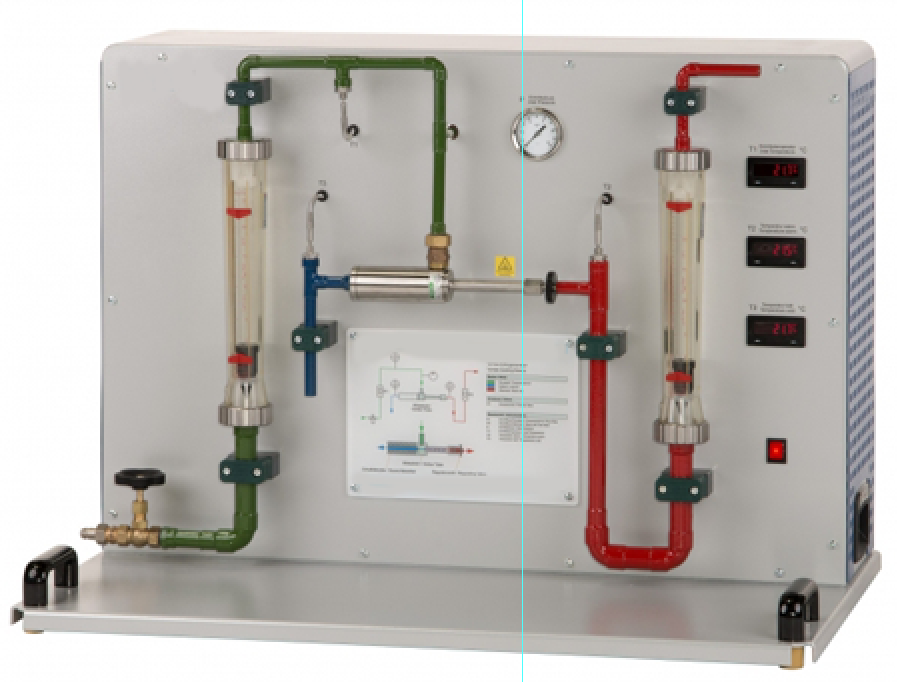






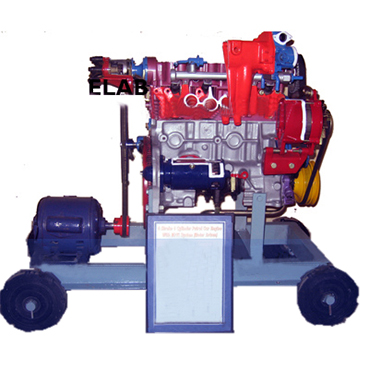

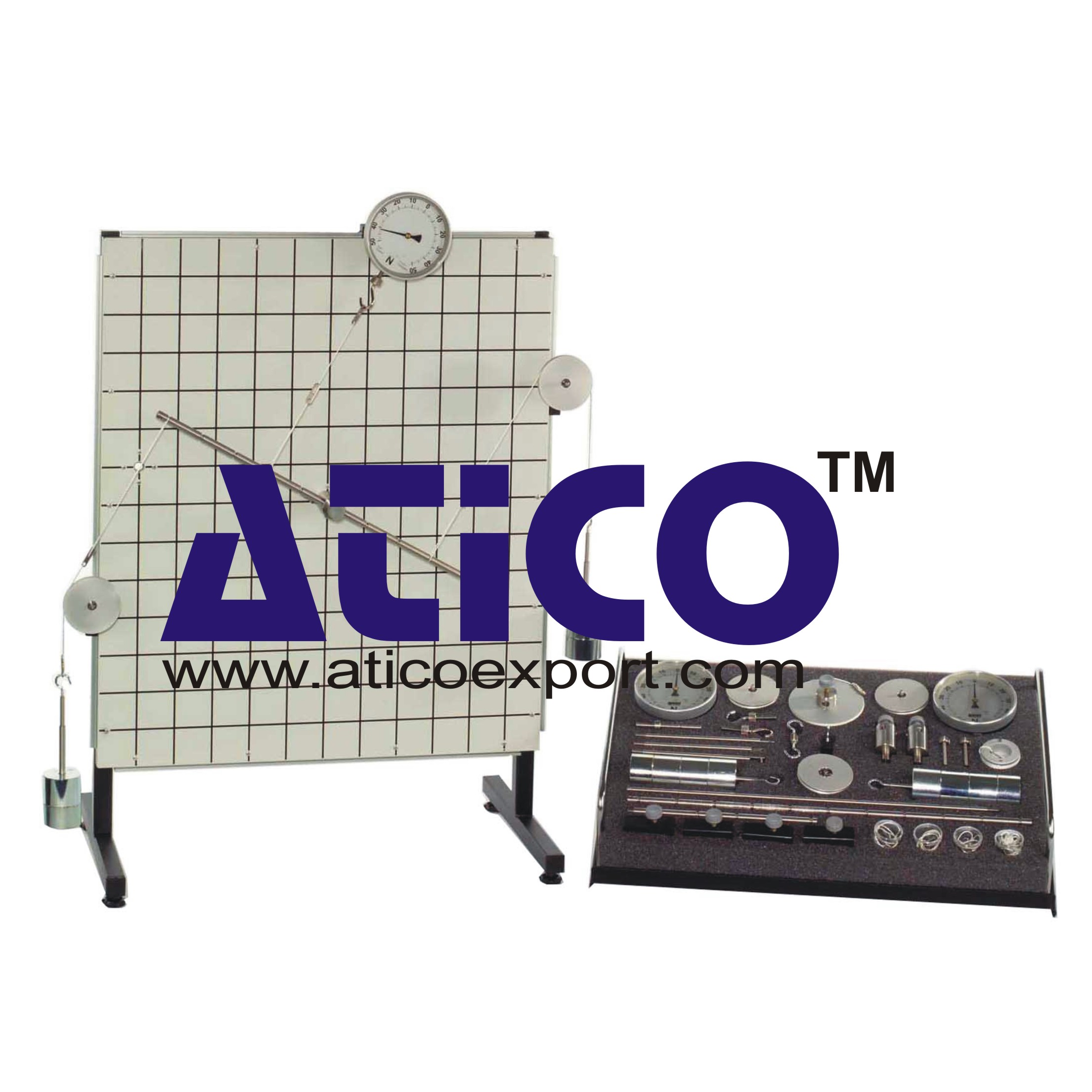

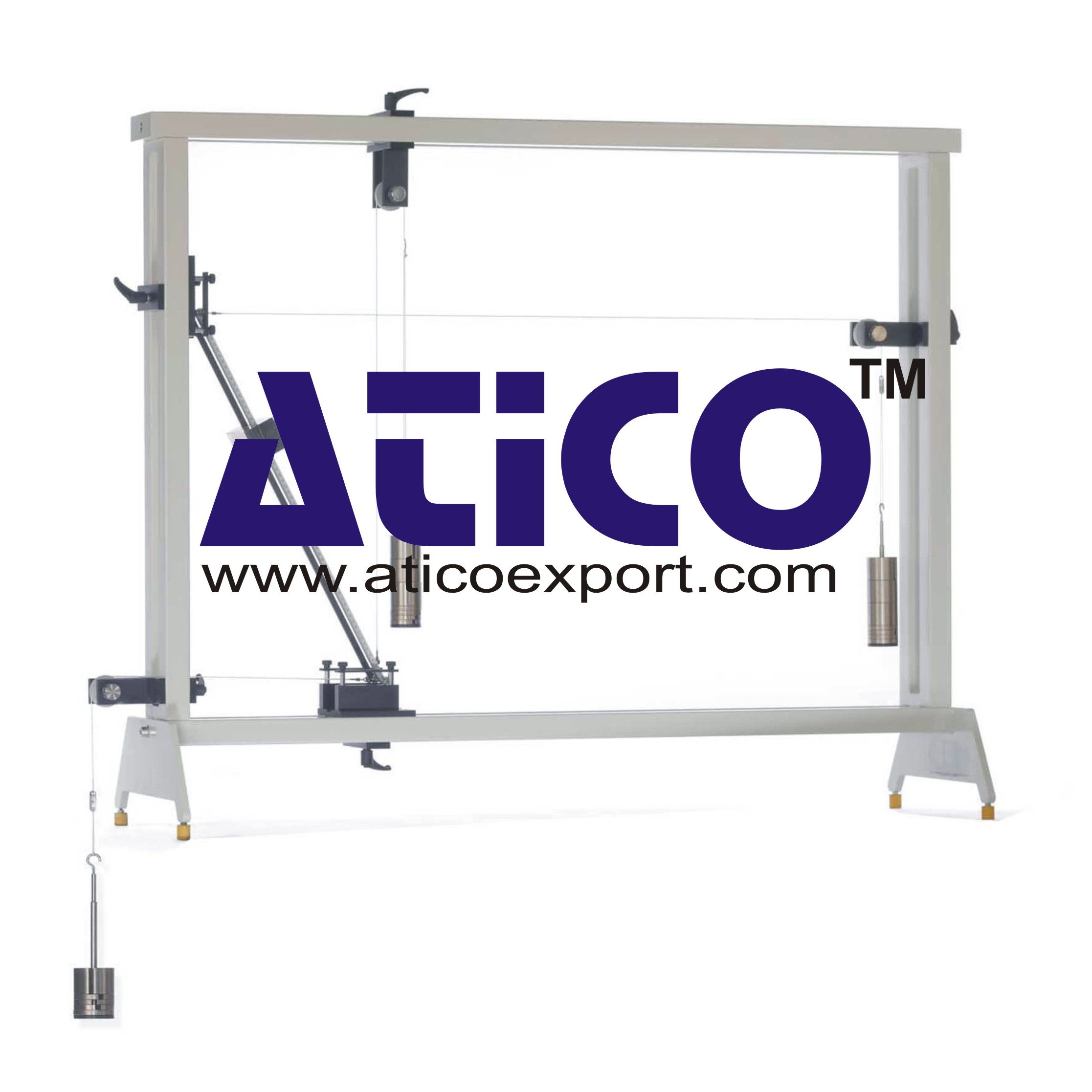
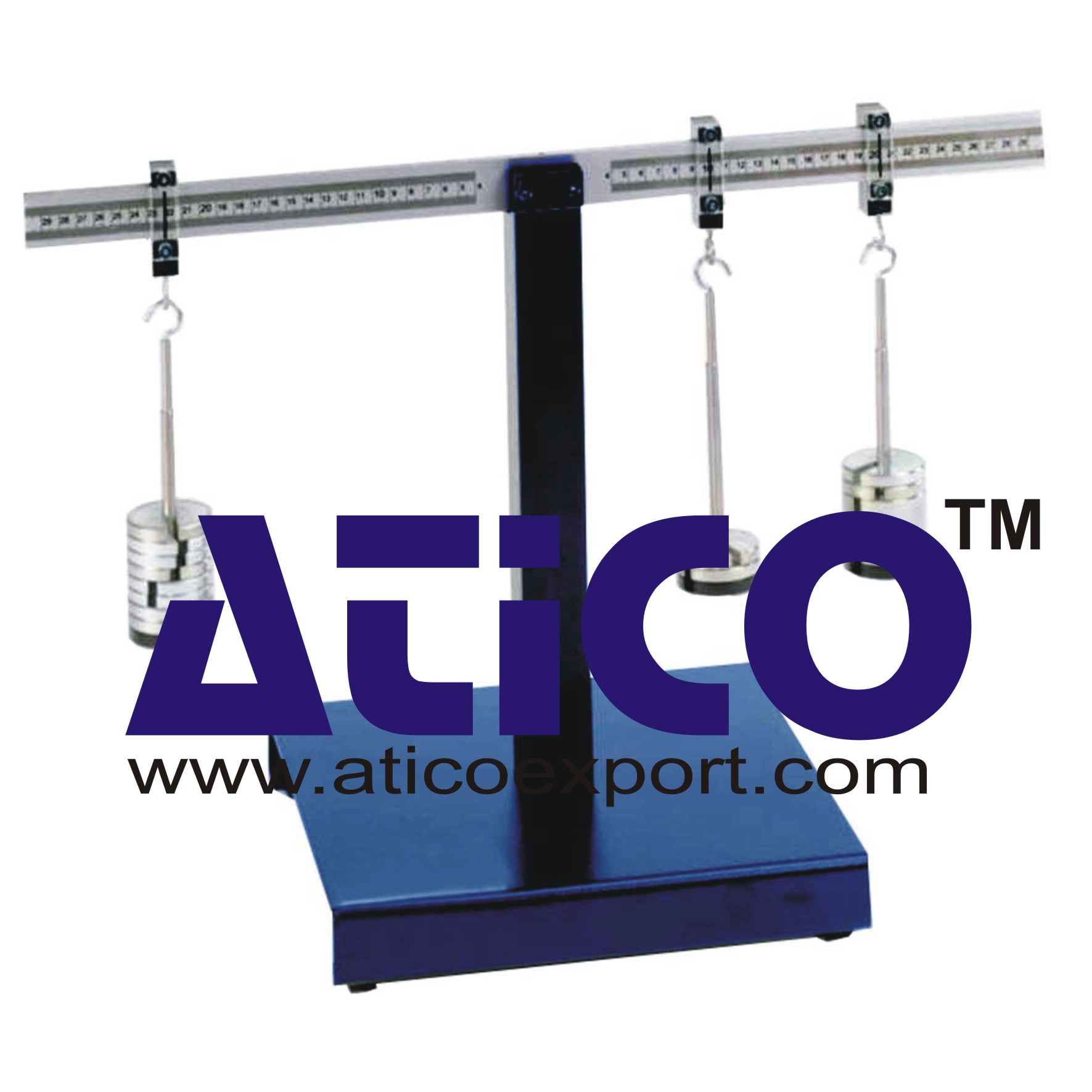
Product
Reviews
add Review
reviews
No Review Yet.